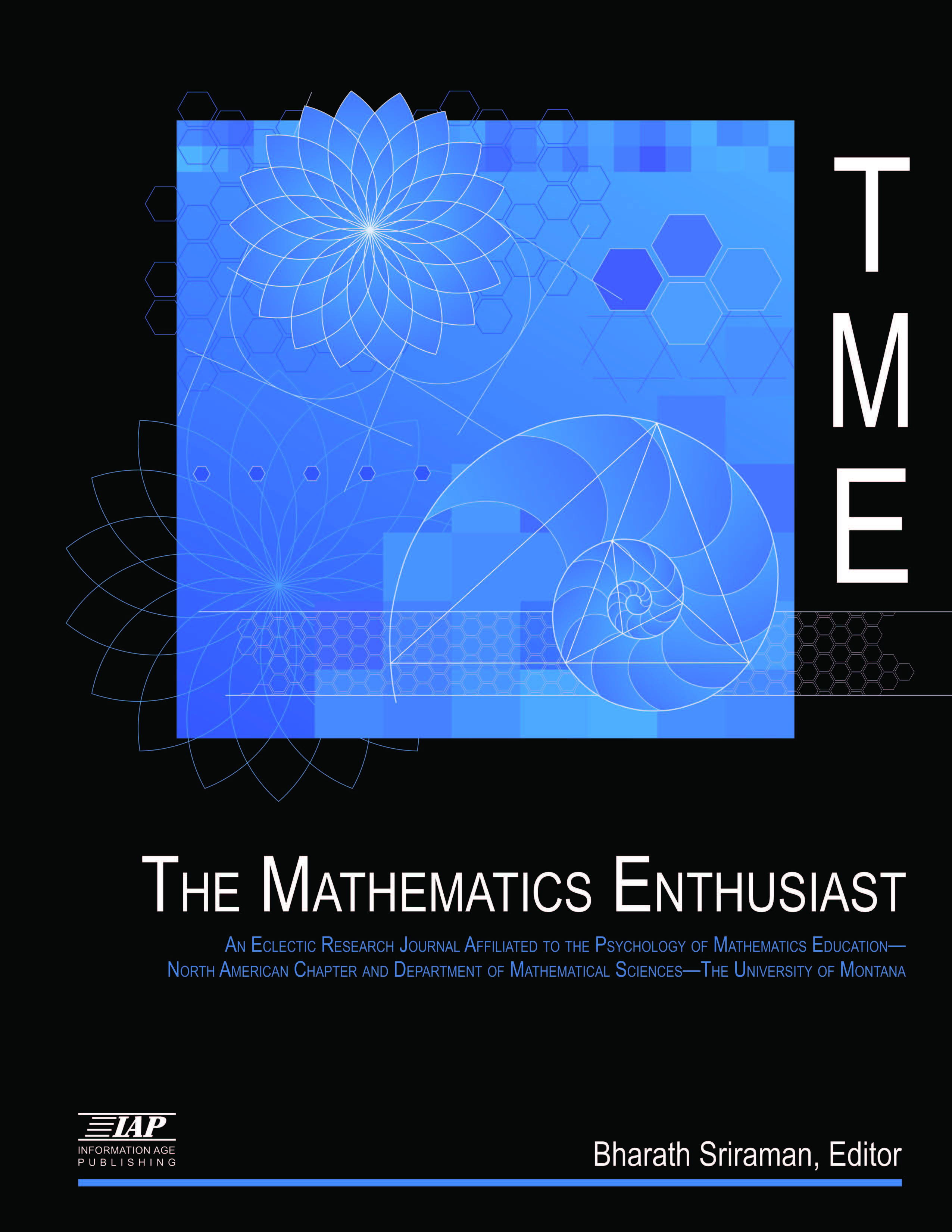
Volume
18
Issue
1-2
Abstract
The paper addresses the time-old question of what is beauty. A rather ambitious, if not to say presumptuous, endeavour. But I do not aim high – I do not claim to get anywhere near unearthing the secret. Rather, I will use examples from mathematics, poetry, music and chess to substantiate one thesis: that the elusory character of beauty is not incidental. Its defiance of definition is part of its essence. The aesthetic sensation requires unawareness of its precise origin. Beauty is felt when some order is perceived, that is not fully comprehended. The order is too complex, or well hidden, or too novel, to surface in its entirety. This is the reason for our ability to enjoy a piece of art for the hundredth time – we never fully fathom its inner order. This is also the reason for the feeling of awe that the beauty inspires: mystery and magic are at its heart. I will compare mathematical techniques and features with those of poetry - like compression, summoning patterns from one field to solve problems in another, or self-reference, and show how beauty is generated in the two domains in a similar way. I will also comment on the beauty-generating effect of unexpectedness in both domains. That novelty generates beauty is a trite observation (“the most expected feature of a poem is its unexpectedness”, as somebody put it), but the question why this is so is not often addressed – I will connect it with the “blind spot” idea. In a final section I try to answer the question that is at least as difficult as “what is beauty” – “why beauty?”. The fact that it pervades our lives indicates that it has an important role – what is it? To arouse the reader’s curiosity, let me summarize the attempted answer in one word – ‘change’. That aim that is so coveted and so hard to achieve – a change in the pattern of our actions, aims and perceptions. The style of the paper is non-scientific, and non-erudite, reflecting my belief that scientific pretensions in the humanities deflect from “softer”, more genuine, understanding.
First Page
239
Last Page
255
Recommended Citation
Aharoni, Ron
(2021)
"Beauty is in the blind spot of the beholder,"
The Mathematics Enthusiast: Vol. 18
:
No.
1
, Article 15.
DOI: https://doi.org/10.54870/1551-3440.1522
Available at:
https://scholarworks.umt.edu/tme/vol18/iss1/15
Digital Object Identifier (DOI)
10.54870/1551-3440.1522
